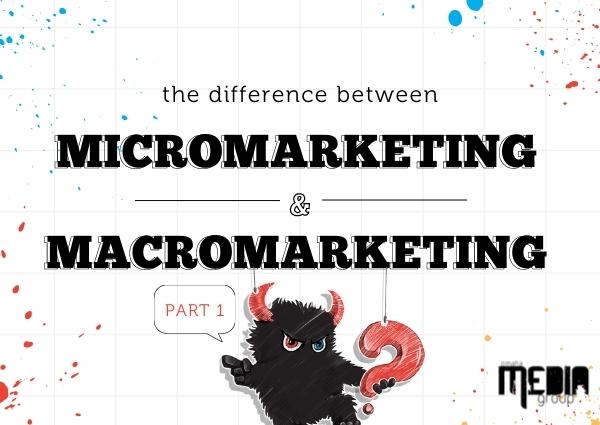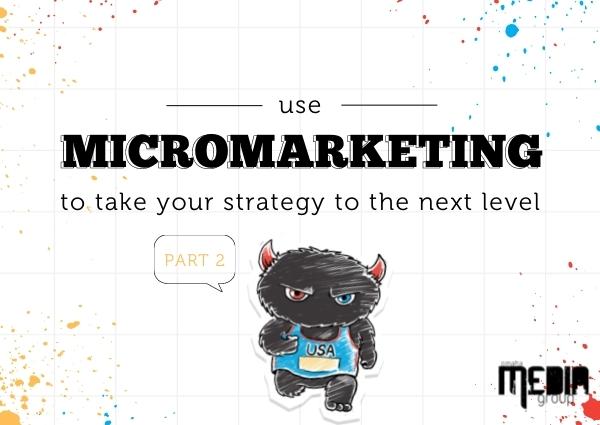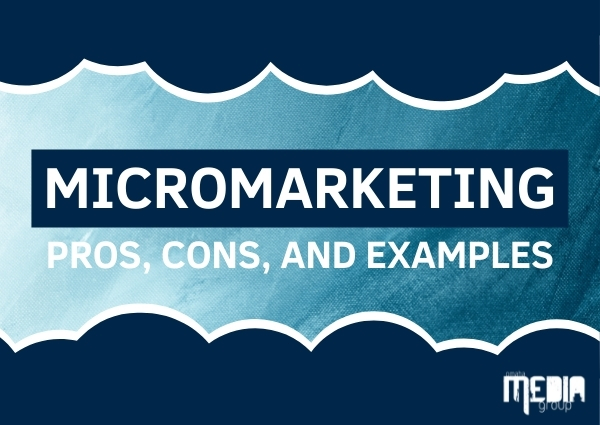 https://www.omahamediagroup.com/images/uploads/monster_gallery/Omaha-Media-Group-Black.jpg
admin
https://www.omahamediagroup.com/images/uploads/monster_gallery/Omaha-Media-Group-Black.jpg
admin
Difference between micromarketing and macromarketing

When we normally think of marketing, the goal is to reach as many people as possible. However, when it comes to micromarketing, we want to focus more on one specific, targeted group. With this type of marketing, our desire is to reach a narrower audience to successfully grow our campaign.
Defining a target audience by a certain age, gender, job title, or location can be just as successful, if not more, than large-scale marketing. Macromarketing doesn’t utilize localized segments and niche markets, which is sometimes helpful in building brand awareness and user-generated growth and also limiting costs.

So, how do micromarketing and macromarketing differ?
The main difference between the two is audience size. Macromarketing is selling to the entire market or large groups within a market, whereas micromarketing sells to a narrow customer base. Micromarketing focuses on building relationships with customers to develop brand loyalty; it’s more about value. With macromarketing, you want to reach as many people as possible to build a large network of customers; it’s all about distribution.
One great example of micromarketing is the “Share a Coke” campaign when Coca-Cola created bottles with people’s names on them; through marketing to people with a specific name, they were able to keep their universal attraction, but also create a sense of exclusivity.
Advantages of micromarketing
Because micromarketing targets a specific audience, you can really reach these customers with something that will resonate with them. You can build strong relationships with your customers. Once you reach the targeted group, you are able to increase brand awareness through user-generated growth.
This will naturally happen when your target audience spreads the word about your product. Think back to the Coca-Cola campaign; one person would find their name and tell their friends and family about it, creating a domino effect of people searching for and buying bottles with their name on them.
You can also save money on marketing costs; since your target audience is specific, you can be precise with your budget. It is overall more cost-effective because you don’t need to allocate spending to each and every marketing tool. You can choose the ones your audience identifies with best, making your campaign effective and spending less.
Disadvantages of micromarketing
Micromarketing can be a bit more time-consuming, as you have to carefully pick and choose your target market. You must do a lot of research and spend time developing your campaign. It’s important to get the target group right the first time, as you risk the possibility of wasting time and resources if you get it wrong.
Although the marketing cost is lower, the cost for acquisition may be higher. There is limited exposure with micromarketing, as you’re targeting specifics. However, if you successfully segment your market, you should see a high ROI.
We’re always here to help with marketing Omaha!
When it comes to digital marketing Omaha, Monstrous Media Group has a team of professionals that know how to create specific strategies to achieve your marketing goals. We can help make sure your target audience is on point so that your campaign performs as best as possible. Contact us today to learn more about our marketing strategies!
Hire the team to help you with your website, app, or other marketing needs.
We have a team of digital marketers who can help plan and bring to life all your digital marketing strategies. They can help with social media marketing, email marketing, and digital advertising!
CONTACT US



Comments